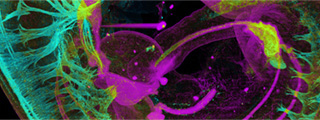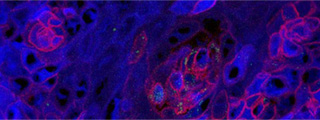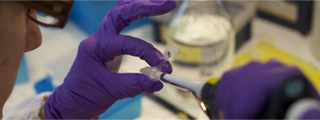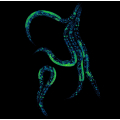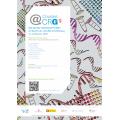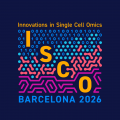The CRG is an international biomedical research institute of excellence...
More information
 News
News
18
Dec
The rat gut microbiome is shaped by the genes of its social partners
12
Dec
A technological advance can help unravel molecular factors which shape ageing and disease
03
Dec
Dr. Cedric Notredame is part of an international consortium that will study fundamental mechanisms of the disease
 Events
Events
16
Mar
This hands-on program provides a comprehensive introduction to RNA sequencing, guiding participants through the complete workflow from sample preparation to data analysis. Participants will gain practical experience in RNA quality control, mRNA...
28
May
The human body consists of trillions of cells, but a mutation in one of them can cause cancer.
This example demonstrates that biology is not a process driven by averages and highlights the importance of single cell-level studies. The last years have...








